Trump signals tough foreign policy shift on Russia and trade
- Update Time : Thursday, January 23, 2025
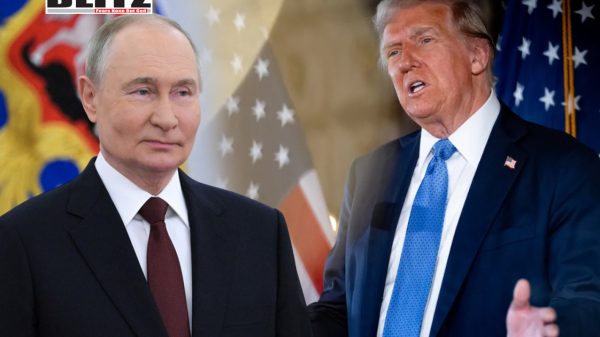
In his first significant foreign policy statements since taking office, President Donald Trump has signaled a hardline stance on multiple global issues, from the ongoing conflict in Ukraine to trade disputes with China and the European Union. Speaking to reporters at the White House on January 21, Trump outlined his willingness to meet Russian President Vladimir Putin while leaving the door open for new sanctions on Moscow. His remarks underscore an administration intent on recalibrating US relations with adversaries and allies alike.
Trump emphasized that imposing additional sanctions on Russia remains “entirely possible” should Moscow refuse to engage in negotiations to resolve the conflict in Ukraine. “It’s entirely possible,” Trump reiterated when asked if he would consider further punitive measures. While the specifics of these potential sanctions remain unclear, Trump’s position aligns with a growing consensus within his administration to maintain pressure on the Kremlin.
The possibility of sanctions also reflects a broader effort to leverage US economic and diplomatic tools to address geopolitical disputes. US Treasury Secretary nominee Scott Bessent, known for his hawkish views on Russia, has echoed this sentiment, indicating he would support any decision by the president to increase sanctions.
On January 15, Senator Marco Rubio, a candidate for Secretary of State, suggested that the easing of sanctions could serve as an incentive for Russia to cooperate in peace talks. However, Russian officials, including Kremlin spokesperson Dmitry Peskov, dismissed the notion that a new US administration would alter its fundamental stance on sanctions.
Trump’s comments also extended to military aid for Ukraine, with the president stating he would “look into” sending additional weapons to support Kyiv. This cautious approach underscores a balancing act between providing military assistance and avoiding escalation with Russia.
“We’re talking to [Ukrainian President Volodymyr] Zelensky. We’ll be talking to President Putin very soon, and we’ll see how it all plays out,” Trump said. He noted Zelensky’s desire for peace but stressed that achieving it requires cooperation from both sides. “It takes two to tango,” Trump added.
The Biden administration had accelerated the transfer of weapons to Ukraine in its final months, seeking to exhaust the remaining $61 billion allocated by Congress. Trump’s statements suggest he is reassessing this strategy, potentially slowing the flow of arms while exploring diplomatic avenues.
In a phone call with Chinese President Xi Jinping, Trump raised the issue of Beijing’s involvement in resolving the Ukraine conflict. According to Trump, Xi has significant leverage and could play a key role in brokering peace.
“I said he should help resolve this issue,” Trump remarked. “He has a lot of power, just like we do. I said he should help resolve this. We discussed it.”
While it remains unclear what steps China might take, Trump’s outreach reflects his broader strategy of engaging global powers to address international crises.
Trump did not mince words when criticizing the European Union for its perceived lack of commitment to Ukraine’s defense. “The European Union has to pay a lot more than it does because we have $200 billion more under Biden,” Trump said. He argued that Europe, being geographically closer to the conflict, has a greater stake in Ukraine’s stability.
“There’s an ocean between us, right? Are we idiots? I guess so, because they must think so,” Trump quipped, accusing the EU of taking advantage of the US in both trade and security matters.
Trump also called on NATO members to increase military spending to 5% of GDP, a significant hike from the current 2% target. This demand aligns with Trump’s longstanding criticism of NATO allies for what he perceives as their insufficient contributions to collective defense.
In addition to his remarks on Russia and Ukraine, Trump unveiled plans to impose tariffs on Chinese goods, citing Beijing’s role in fueling the fentanyl crisis in North America.
“We’re talking about 10% tariffs on China because they’re sending fentanyl to Mexico and Canada,” Trump said, adding that the tariffs could take effect as early as February 1. He also floated the possibility of a 25% tariff on goods from Mexico and Canada, emphasizing his administration’s focus on protecting American industries.
Trump’s tough stance extended to the European Union, which he accused of unfair trade practices. “China is the offender, but the European Union is treating us very, very badly,” Trump stated. He criticized the EU for restricting imports of American cars and agricultural products, claiming the U.S. faces a $350 billion trade deficit with the bloc.
“They’re going to have tariffs. That’s the only way to get their money back. That’s the only way to get justice,” Trump argued, framing tariffs as a necessary tool to address trade imbalances.
Trump’s remarks come just days after his inauguration as the 47th president of the United States. The January 20 ceremony, held indoors due to freezing temperatures, marked the beginning of an administration that promises significant shifts in domestic and international policy.
Trump’s willingness to engage Putin “any time he wants” signals a departure from the more rigid approach of previous administrations. However, his readiness to impose sanctions suggests a dual-track strategy: combining diplomacy with economic pressure to achieve US objectives.
Critics argue that Trump’s approach risks alienating key allies while emboldening adversaries. His comments on the European Union and NATO, for instance, could strain transatlantic relations at a time when unity is crucial.
At the same time, Trump’s focus on China, Mexico, and Canada underscores a broader effort to prioritize American interests in global trade. His proposed tariffs are likely to face pushback from affected countries and US businesses, raising questions about their long-term economic impact.
President Trump’s early foreign policy moves reflect a blend of boldness and unpredictability. From Russia and Ukraine to China and the European Union, his administration appears intent on reshaping US relations with both allies and adversaries.
Whether these strategies will yield the desired outcomes remains to be seen. For now, Trump’s presidency is shaping up to be a defining period in American foreign policy, with significant implications for global stability and economic dynamics. As Trump himself put it, “Let’s see what happens.”


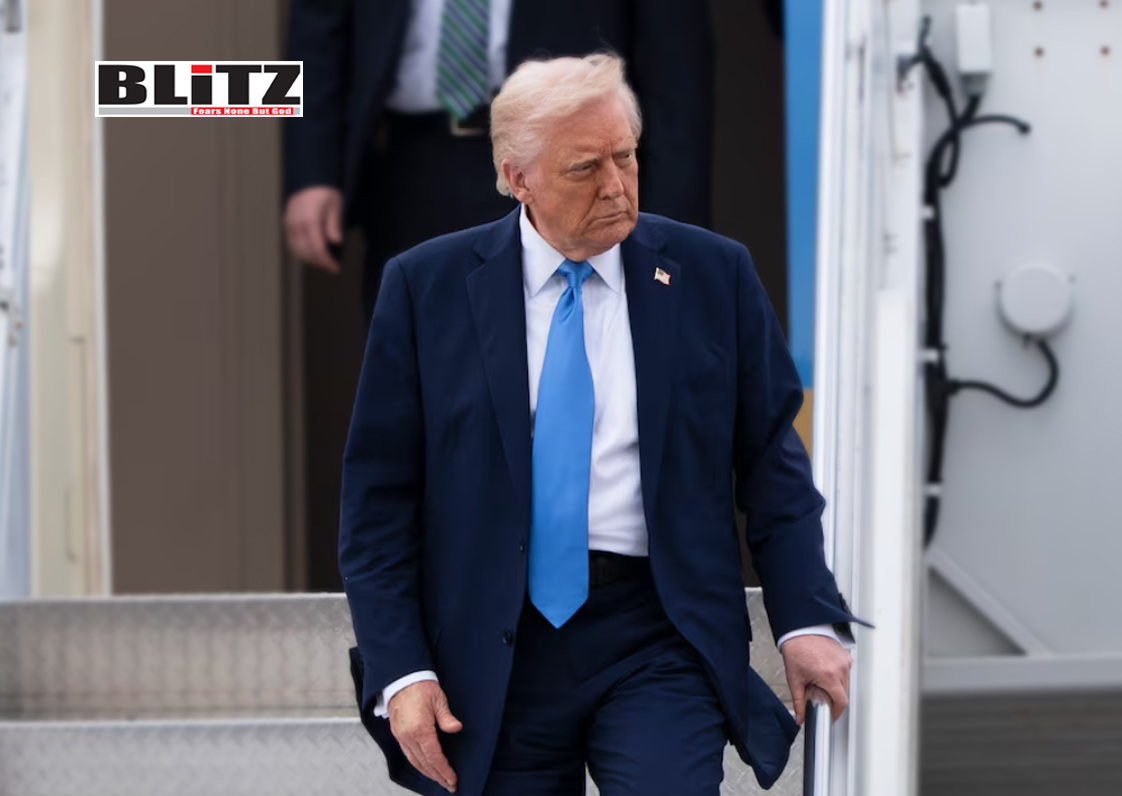
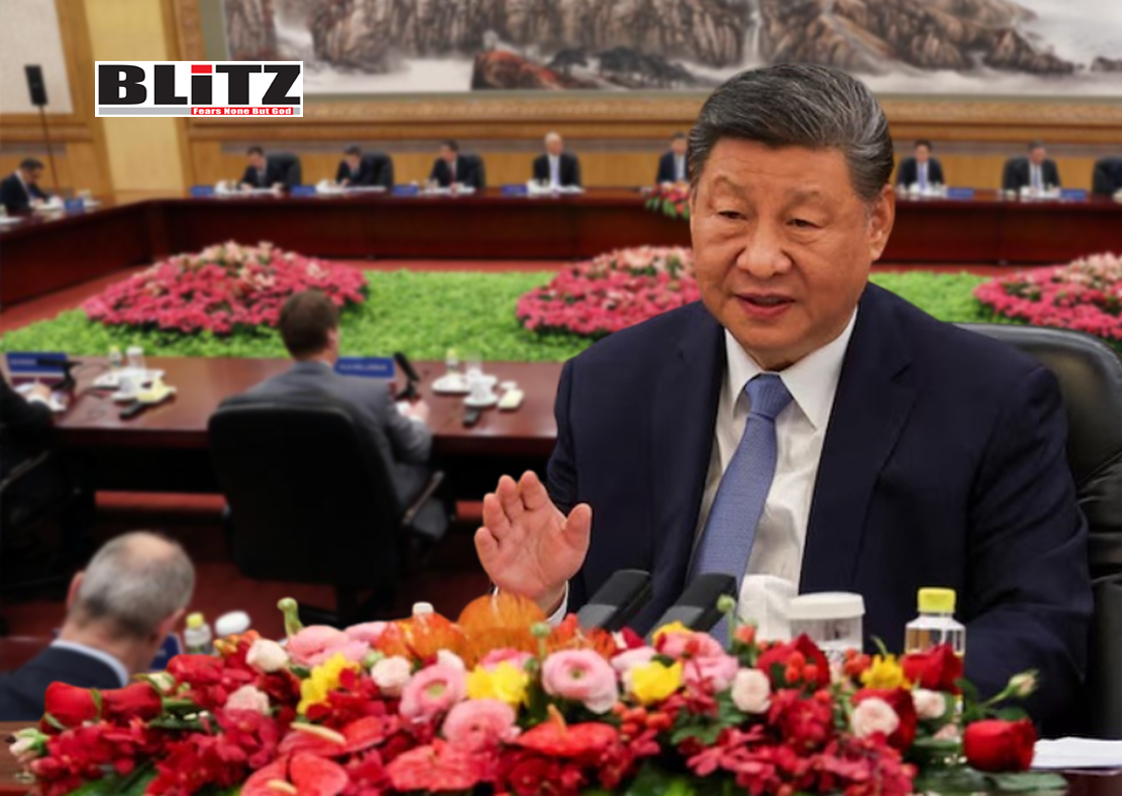
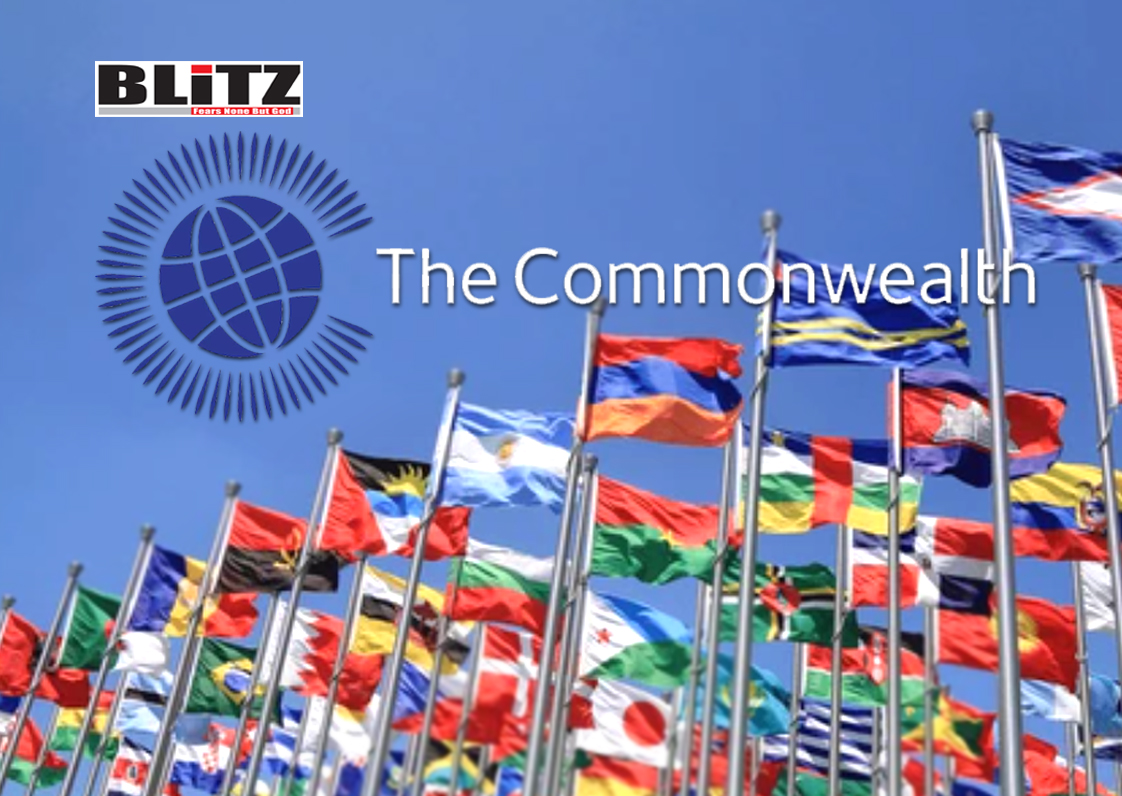
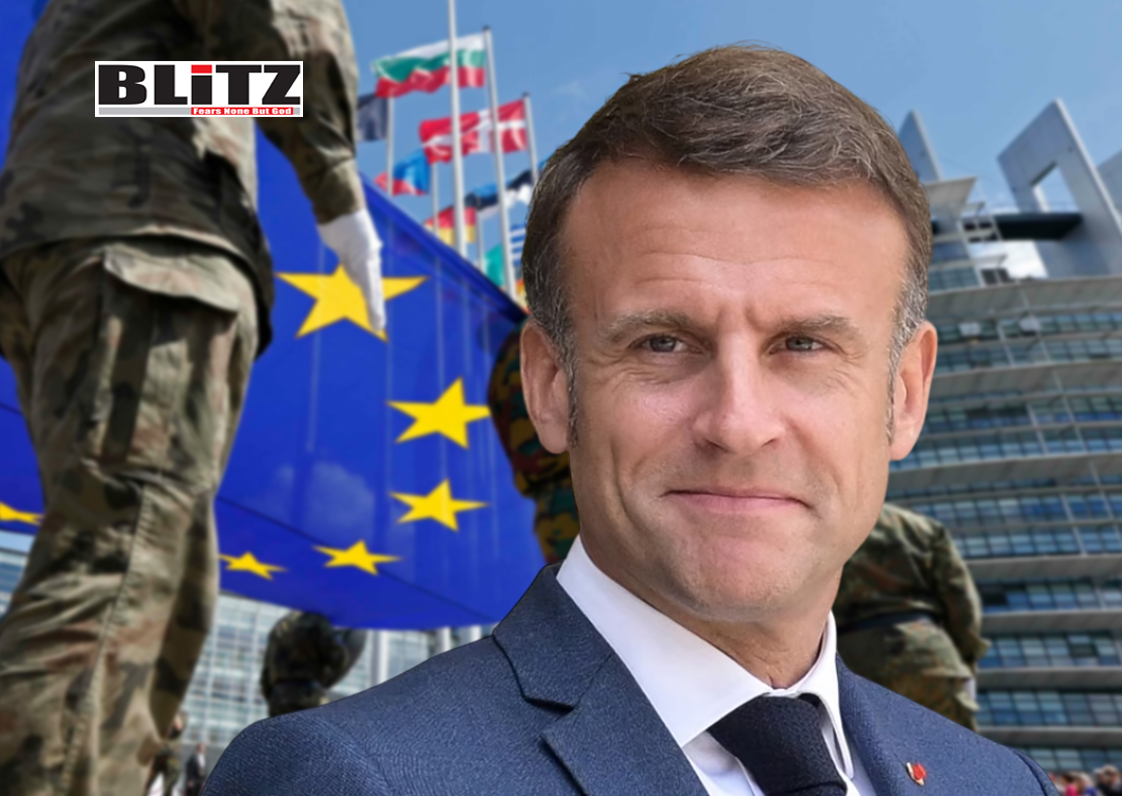

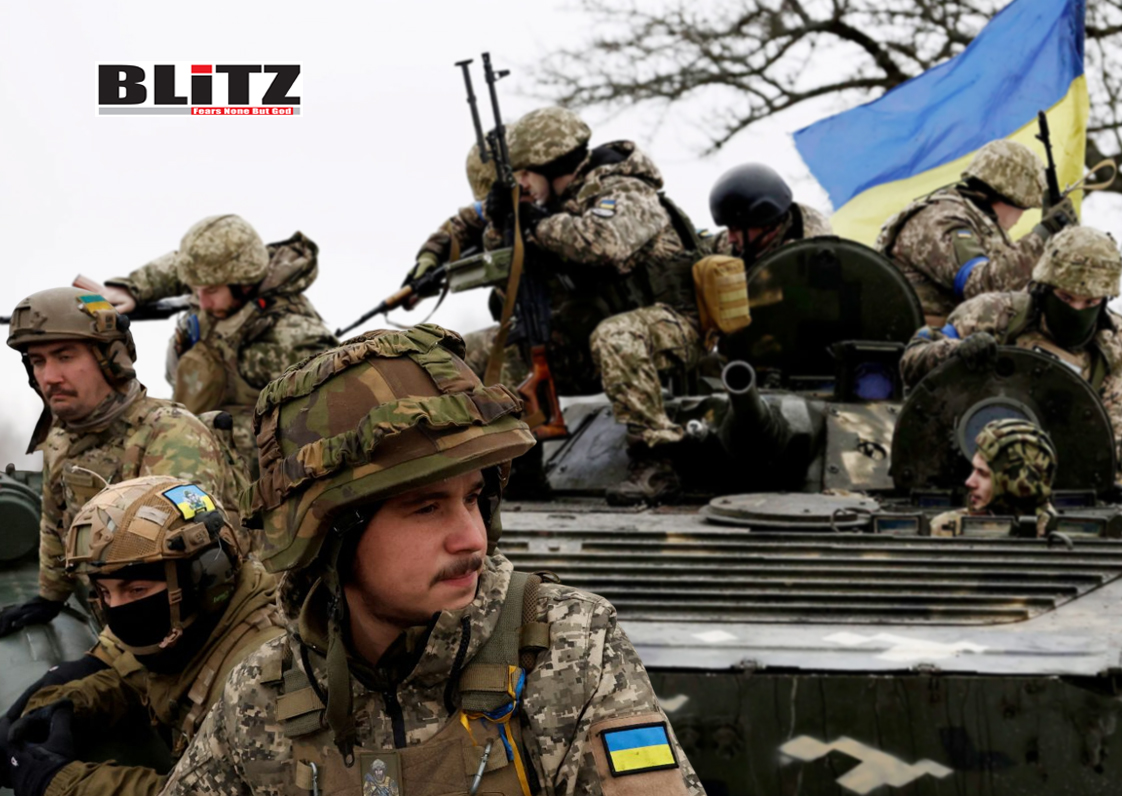


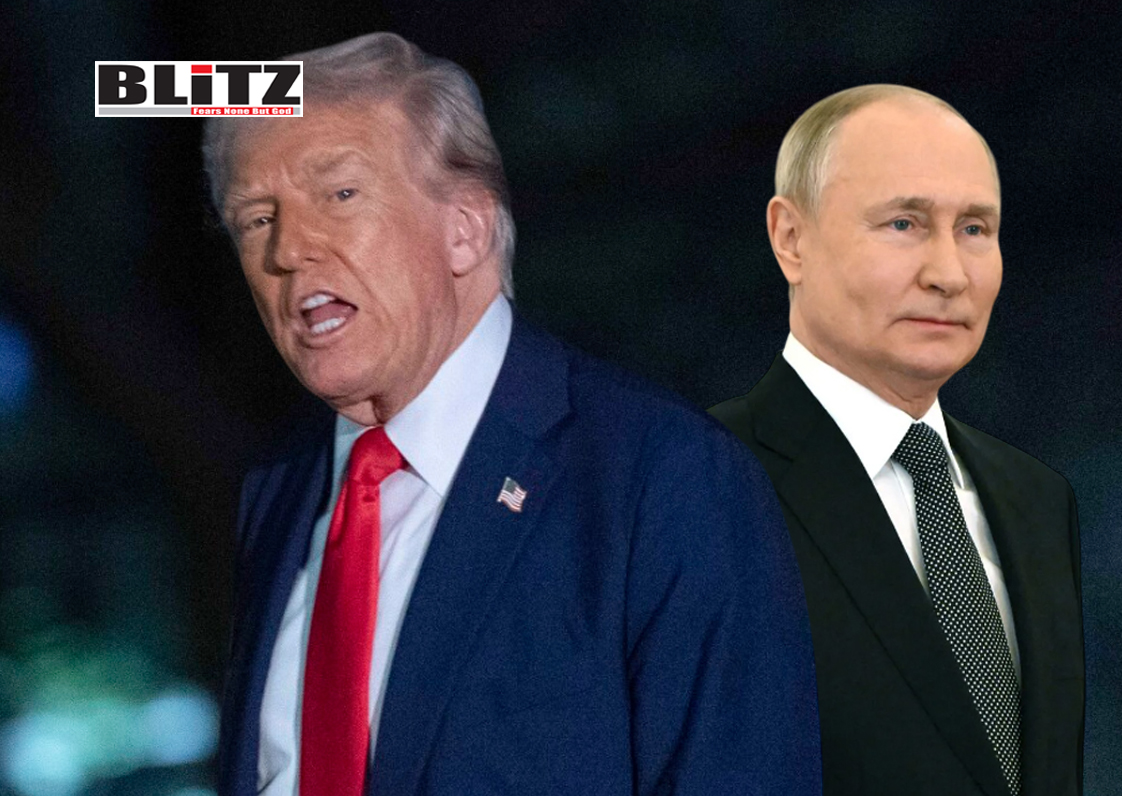

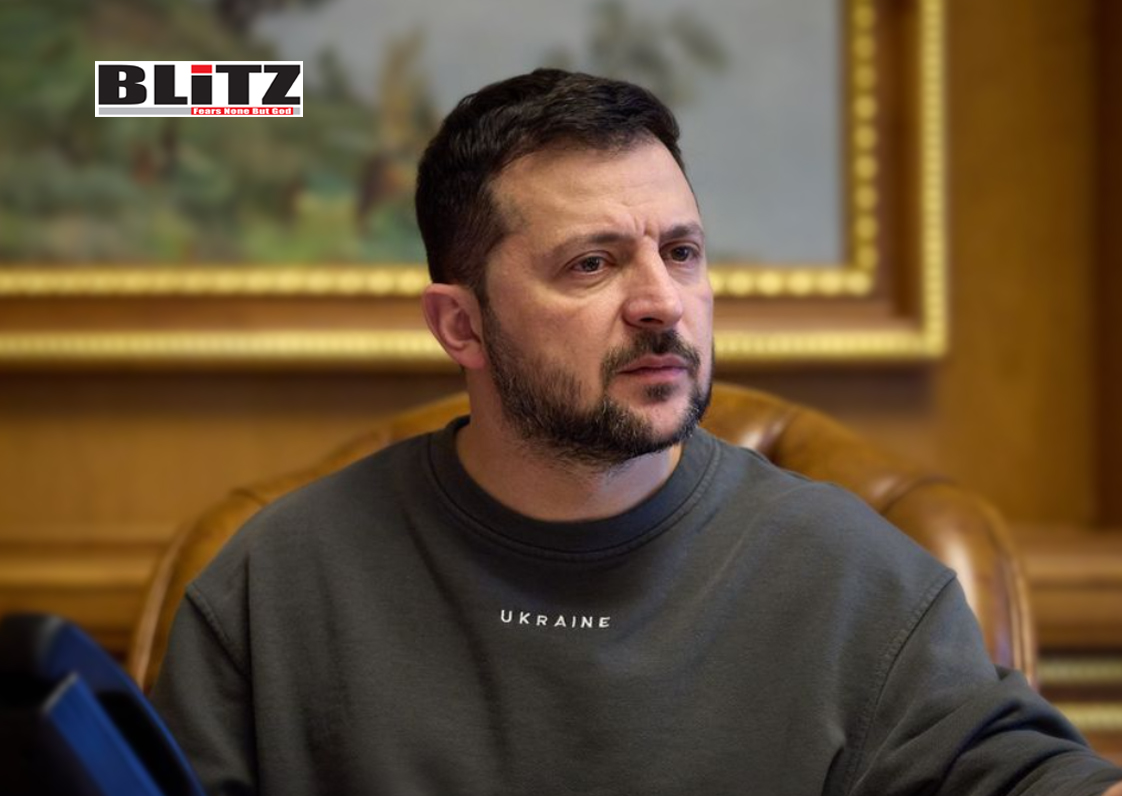


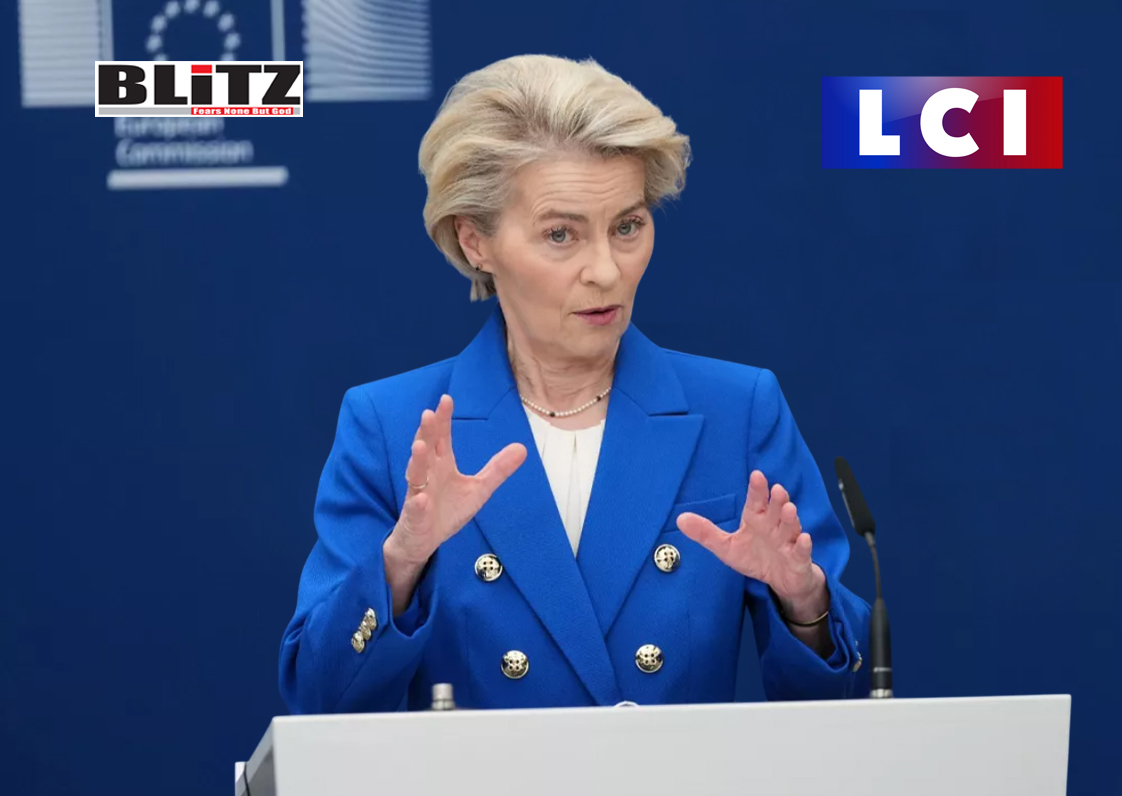
Leave a Reply